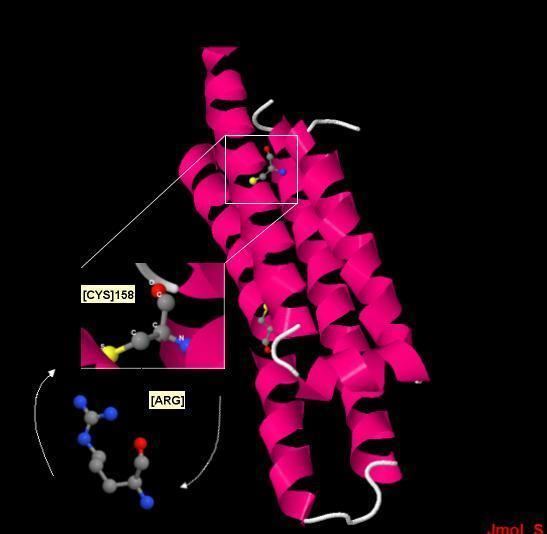OMIM 107741 | MedlinePlus 000402 | |
 | ||
Familial dysbetalipoproteinemia or type III hyperlipoproteinemia (also known as "remnant hyperlipidemia", "remnant hyperlipoproteinaemia", "broad beta disease" and "remnant removal disease") is a condition characterized by increased total cholesterol and triglyceride levels, and decreased HDL levels.
Contents
Signs and symptoms
Signs of familial dysbetaproteinemia include xanthoma striatum palmare (orange or yellow discoloration of the palms) and tuberoeruptive xanthomas over the elbows and knees. The disease leads to premature atherosclerosis and therefore a possible early onset of coronary artery disease and peripheral vascular disease leading to a heart attack, i.e. myocardial infarction, chest pain on exercise, i.e. angina pectoris or stroke in young adults or middle aged patients.
Causes
This condition is caused by a mutation in apolipoprotein E (ApoE), that serves as a ligand for the liver receptors for chylomicrons, IDL and VLDL or Very Low Density lipoprotein receptors. The normal ApoE turns into the defective ApoE2 form due to a genetic mutation. This defect prevents the normal metabolism of chylomicrons, IDL and VLDL, otherwise known as remnants, and therefore leads to accumulation of cholesterol within scavenger cells (macrophages) to enhance development and acceleration of atherosclerosis.
